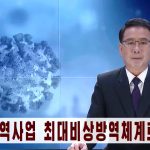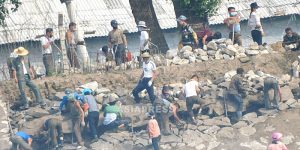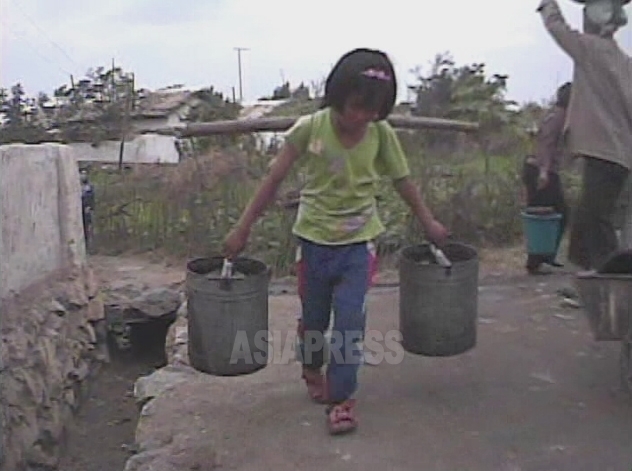
ASIAPRESS recently conducted a survey of North Koreans living in the northern part of the country to get an overall picture of their lives, from the most basic conditions they face to education and health care. In this first part of a three-part series, ASIAPRESS presents the latest developments in water, electricity, heating, and toilet conditions. (JEON Sung-jun / KANG Ji-won)
The series was conducted from March to May by interviewing three people in Ryanggang and North Hamgyong provinces. The interviews in this series were conducted in the northern regions where the interviewees live, so there are limitations to generalizing from the content of the interviews to North Korea as a whole. However, the interviews do allow speculation about the situation in other parts of the country. The first part of this series summarizes the account of "A," an interviewee who lives in an urban area in Ryanggang Province.
◆Tap water supplied only at specific times…unreliable due to dilapidated pipes and low water pressure
In March, ASIAPRESS asked "A" about water and drinking water conditions. She described the local water situation and said that while it varies from neighborhood to neighborhood, in most areas water is delivered at specific times.
"In the building where I live, (water) is delivered twice a day, at 7 a.m. and 5 p.m., but the water pressure is low, so you have to go and get it yourself if you live higher than the third floor."
"A" said that the water supply is insufficient, so she has to conserve water all the time. She pointed out the reason:
"The water supply is definitely less robust than in 2019, because the pipes are old and the water pumps are not in good condition. That's why there are a lot of problems."
◆Electricity supplied 1-2 hours a day, while the cost of heating has skyrocketed
"The electricity situation is even worse now (in March) because there is no water, so it's limited to one or two hours a day. Often there is no electricity for the whole day."
North Korea relies on hydropower for more than 60 percent of its electricity supply, so the power situation tends to be worse during the dry season. March, the month the reporting partner told ASIAPRESS about conditions there, is part of the dry season, so the power situation was even worse than usual.
"There is a clear distinction between industrial and residential electricity. There is almost no supply for the residential areas, while the industrial lines seem to have some electricity supply."
Electricity for industrial use supports production activities in factories and businesses, while electricity for residential areas is for general households. The supply of electricity to residential areas is almost cut off to make up for the shortage, the reporting partner said.
She added that many residents use Chinese solar panels to light their homes.
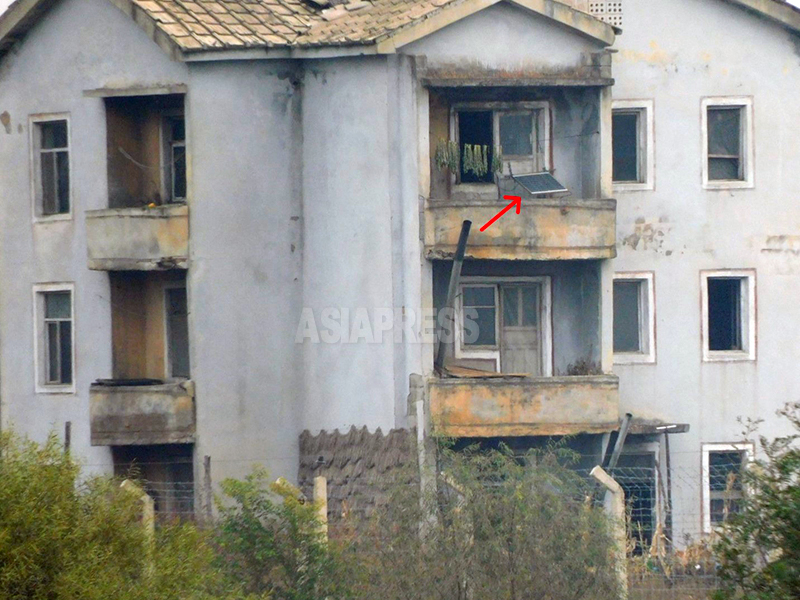
As the electricity situation continues to deteriorate, heating costs have also increased, "A" said.
"The cost of heating has gone up," she said. "Before, we had some electricity, so we used heaters and things like that, but now we can hardly use them."
As a result, the reporting partner explained, there is more demand for firewood and coal, which have now become more expensive.
"Coal and firewood have also increased in price. Firewood used to cost 100 yuan per cubic meter (/㎥), and now it's 125 yuan. Coal used to cost 110 yuan per ton, and now it's up to 150 yuan."
※1 Chinese yuan is about 189 Korean won.
◆“Traditional” toilets remain the norm with little hope of improvement on the horizon
"The toilets haven't changed much from before," she said. "The newer apartments are putting in locally made tiles to modernize the outdoor communal toilets, but they don't drain properly. You have to keep filling them to use the (human waste) for compost, so they smell bad and are still uncomfortable to use."
New toilets are still built in the traditional, non-flushing way, which requires scooping out human waste once they are filled. Normally, North Korean homes are equipped with flush toilets, but with the recent water shortage, they are not easy to use.
"Sometimes individuals put a (flushing) toilet in the bathroom at home, but I don't think most people want to change (to flushing toilets) because they're used to traditional toilets. I've heard that apartments in Pyongyang are importing pumps from China to increase water pressure, which is a priority if you want to modernize your toilets."
In a speech on October 10, 2020, at a military parade celebrating the 75th anniversary of the founding of the Workers' Party of Korea, Kim Jong-un broke down in tears over his failure to take care of the people's lives and vowed to improve them. However, based on this survey, it appears that there has been no significant improvement in the basic living conditions of North Koreans compared to the past. In the next installment, ASIAPRESS will look at the country's education and health care systems.
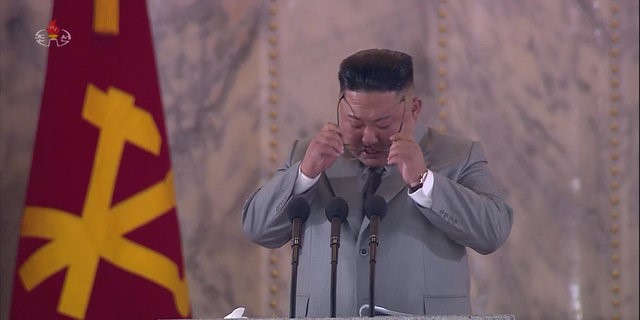
(To 2>>>)
※ ASIAPRESS communicates with its reporting partners through Chinese cell phones smuggled into North Korea.
Farmers protest against lack of food rations, police mobilized Cadres diverted food to other uses - <Inside N. Korea>State-led smuggling resumes in the Yalu River, sends seafood and copper ore to China, bringing in UN-sanctioned goods like cars and machinery
- <Inside N. Korea>Hungry elderly people flock to government office to demand rice, leading police to mobilize to put down unrest…Hyesan city
- <Inside N. Korea>Recruitment for the world's longest military service(1) This year 8 years for men, 5 years for women
- <Investigation>Why aren’t North Korea’s women having babies anymore? (1) The fertility rate is already severely low…It’s rare to see anyone carrying babies around




